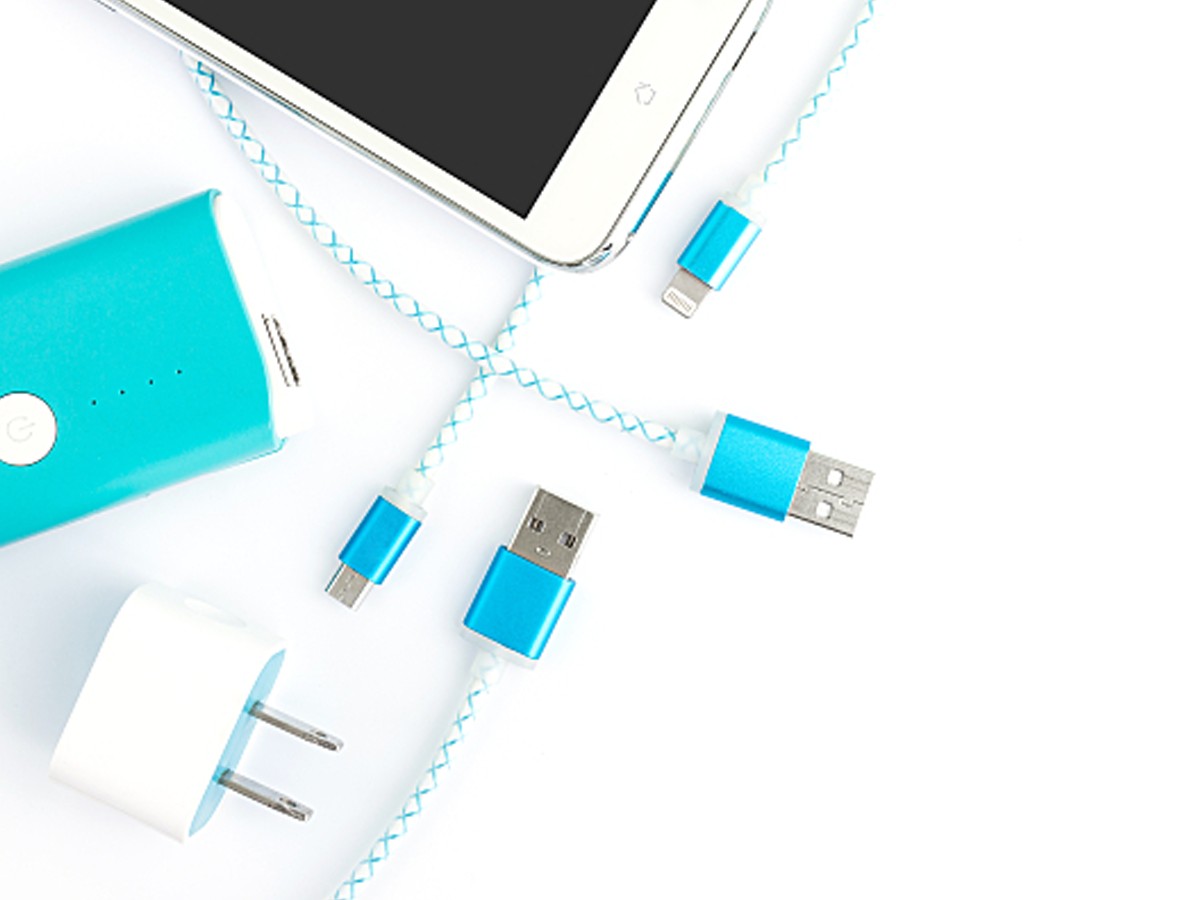Parts and accessories help maximize what a piece of technology can do, bringing out the best in tech advancements. For personal devices like laptops and phones, add-on items come in a variety of options from many different manufacturers, including options produced by the same brand as the base product as well as alternatives from other companies—and, typically, those third-party suppliers are the less expensive choice.
The same is true for medical devices. However, while using a generic brand of headphones isn't likely to affect a device's functionality, high-grade medical machinery has more sensitive needs. Ultimately, buying something other than the original equipment manufacturer's product—or OEM medical equipment—can impact the performance of the machine.
Although certain leadwires, filters, sensors, and other parts and clinical accessories are available from various manufacturers, it's important to analyze for the long term whether they are worth the initial cost savings. Here are a few reasons to consider OEM medical equipment before third-party or generic alternatives.
Compatibility
OEM parts and accessories are designed to work accurately with their base device or system. These add-ons are created by the same engineering teams that built the original product, making the pair quite literally a perfect match.
For example, in order to noninvasively track arterial oxygen saturation, GE SpO2 sensors pair precisely with GE monitors, a component of GE's Adequacy of Anesthesia concept. GE’s SpO2 sensors are also tested with all compatible GE-owned monitors, including older models. Thorough testing ensures that these sensors do not overheat, that their LEDs are of the highest quality, and that readings will be accurate on any applicable GE monitor.
Further, GE's sensors work slightly differently from other sensors. GE's sensors use proprietary data to ensure recognition by any monitor, not just GE's own. This data is not available to other manufacturers, raising the risk that generic sensors without this feature will produce inaccurate readings— which can, in turn, affect pulse oximetry measurements, potentially leading to worse patient outcomes.
Reliability and Support
OEM parts and accessories undergo the same rigorous quality testing as the original machine, performed by teams with a deep understanding of the role that clinical accessories play in patient care. These teams also understand how to troubleshoot issues and replace elements of the accessory. Any problems receive fast feedback and correction, which may not be the case with defective generic accessories.For instance, GE carefully selects the materials that make up their SpO2 sensors to ensure both patient and clinician safety. The connectors are tested to be durable enough for 4,000 connect/disconnect cycles.
Warranties present their own hurdle. An OEM might only provide a warranty for a major piece of medical machinery when it is used as designed—and those restrictions could include remaining faithful to OEM parts when enhancing a machine's performance. Combining generic or third-party
accessories with certain machines may void a warranty or create challenges in finding technical support.
Availability and Ordering
Manufacturers of generic products tend to stock accessories for the most popular and current technology. Third-party accessories for older devices are often more difficult to find. OEMs, on the other hand, continue to make parts for their products regardless of popularity.
GE, one of the largest medical device OEMs in the world, provides parts and accessories for its technology as long as it remains on the market—even when a newer model has been released. On average, GE supports parts and accessories for about seven years after the company has stopped selling a particular device. This ensures easy access to replacements when a broken part threatens to disrupt workflows.
This surfaces another issue—ordering and reordering. The OEM can group its medical devices and accessories together for one easy shopping experience, saving time that would otherwise be spent comparing model numbers, checking for compatibility, researching user reviews, and confirming quality across third-party sites.
Patient Safety over Everything
Most importantly, OEM products are likely the safer option to have in hospital hallways and in patients' rooms. OEM medical equipment is backed by quality testing and has the support of the FDA. Tens of thousands of unregulated third-party suppliers can't say the same, as they do not follow the same FDA requirements.
Generic parts and accessories can bring cost savings. However, with lives on the line, OEM medical equipment needs to function at its absolute best





